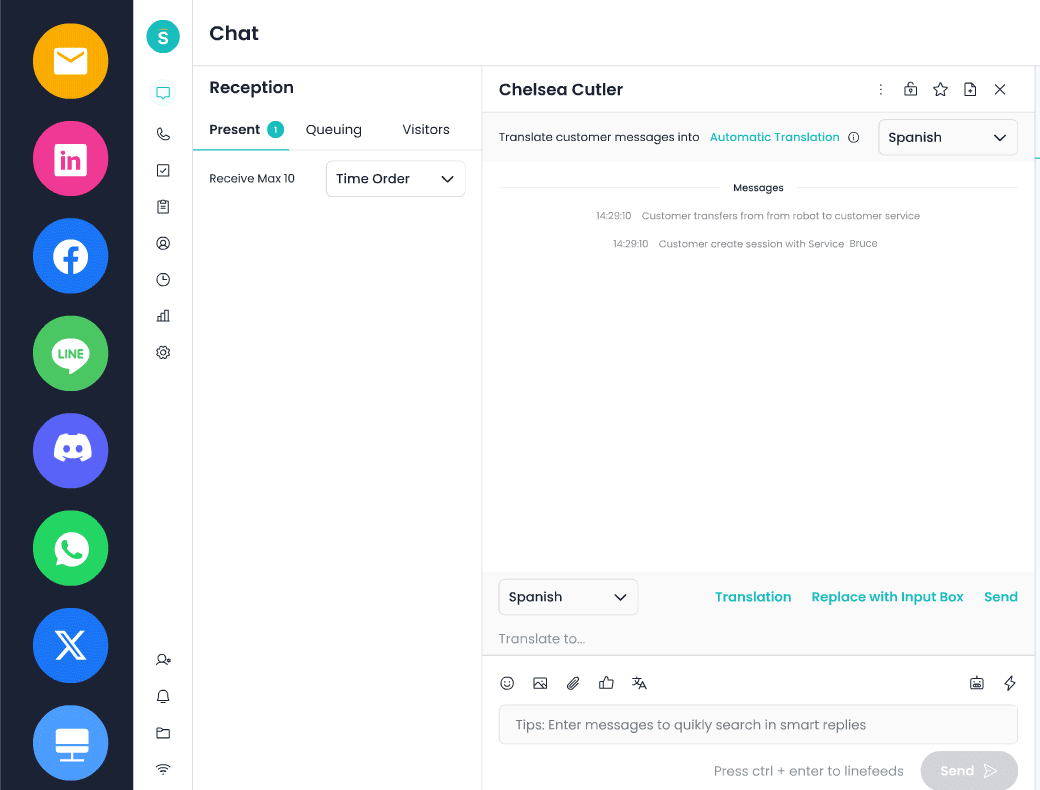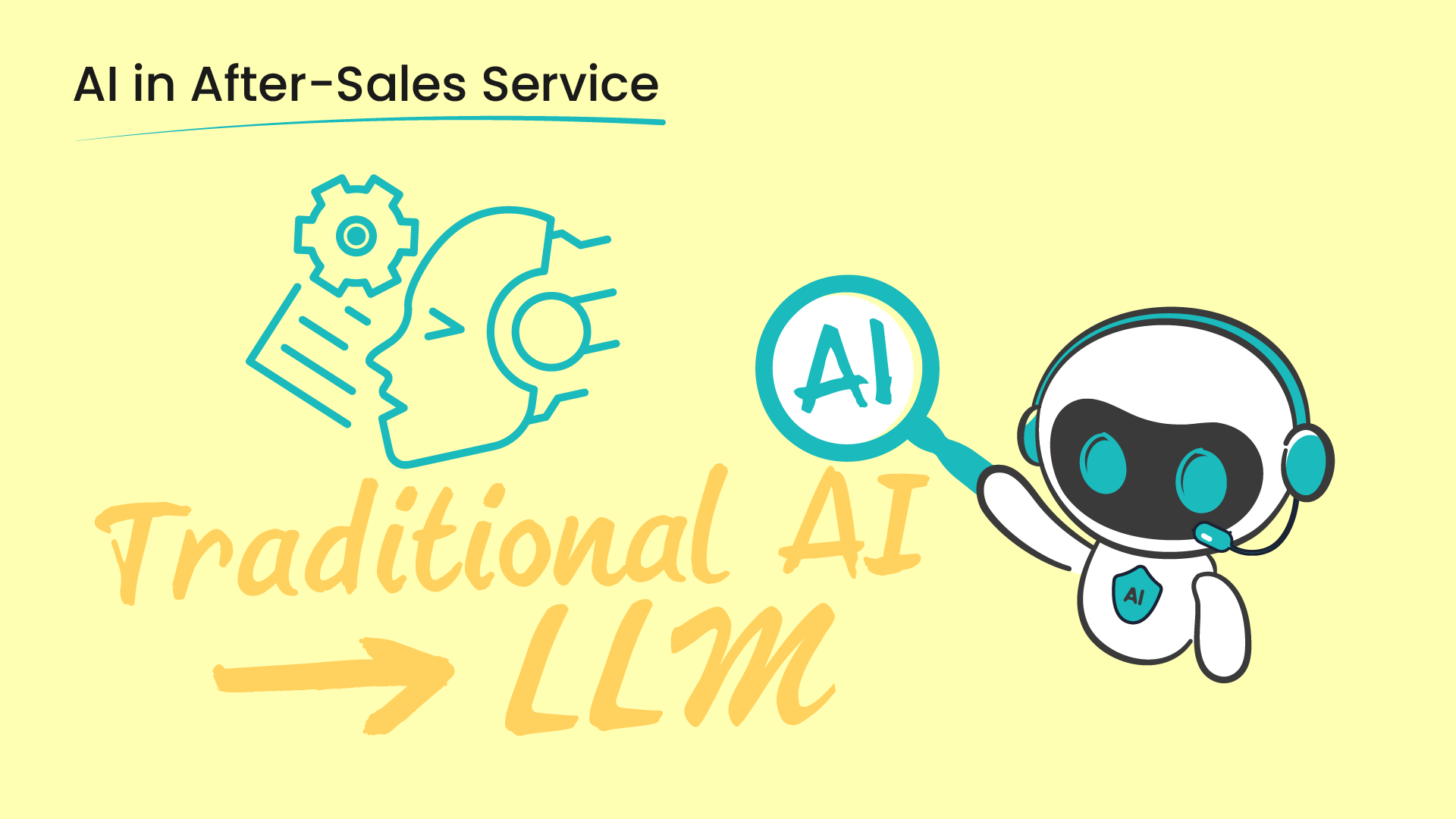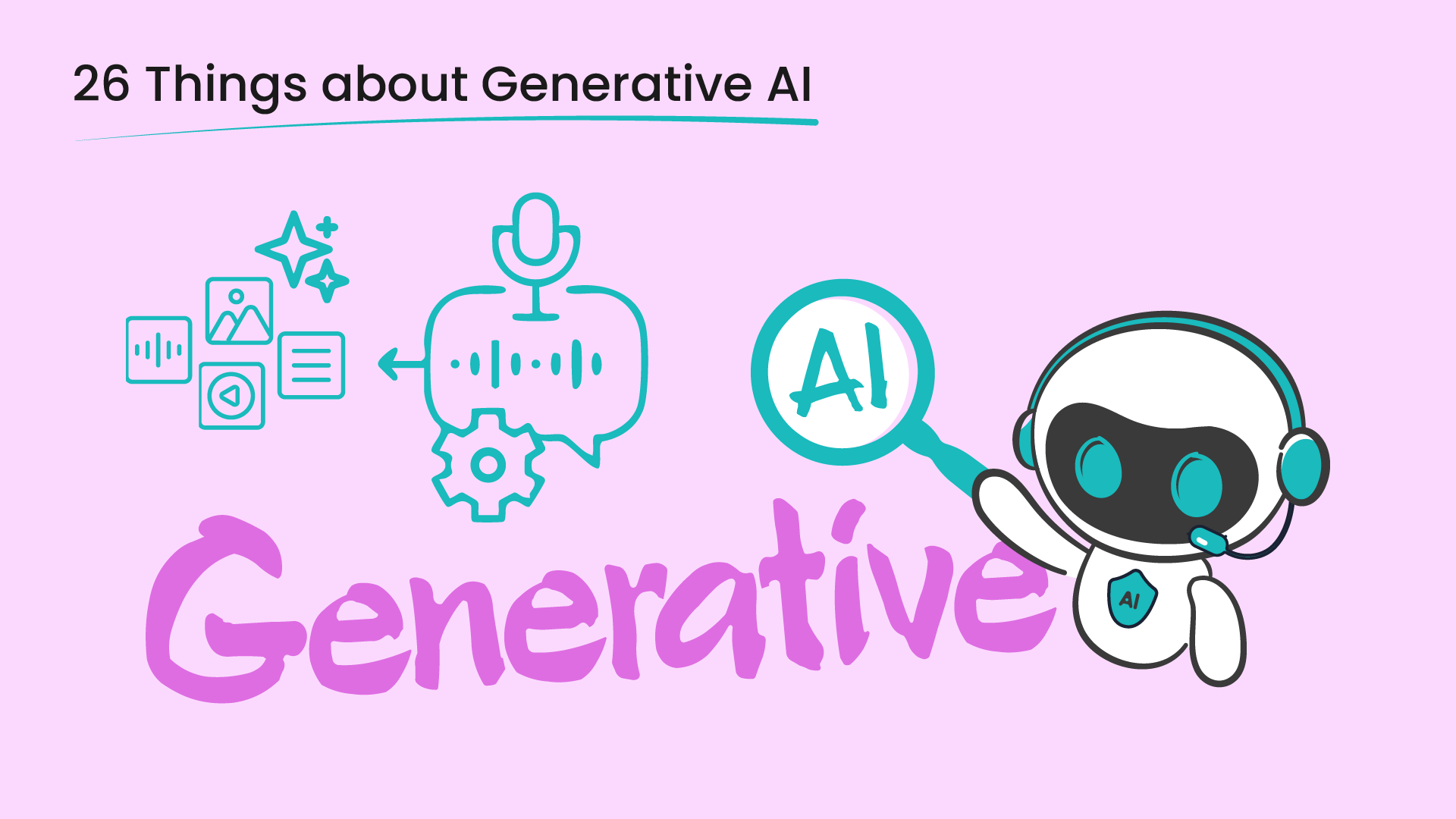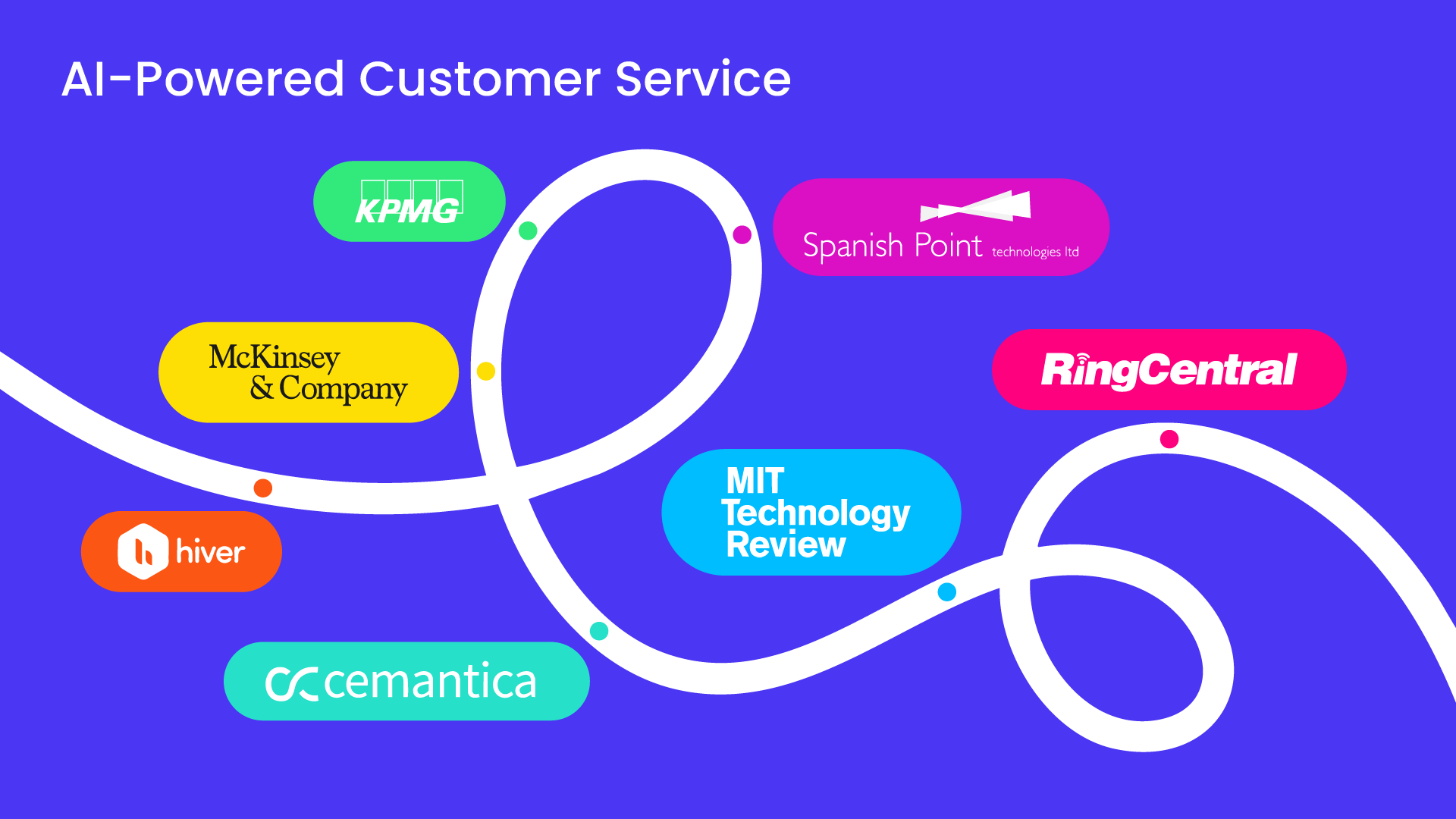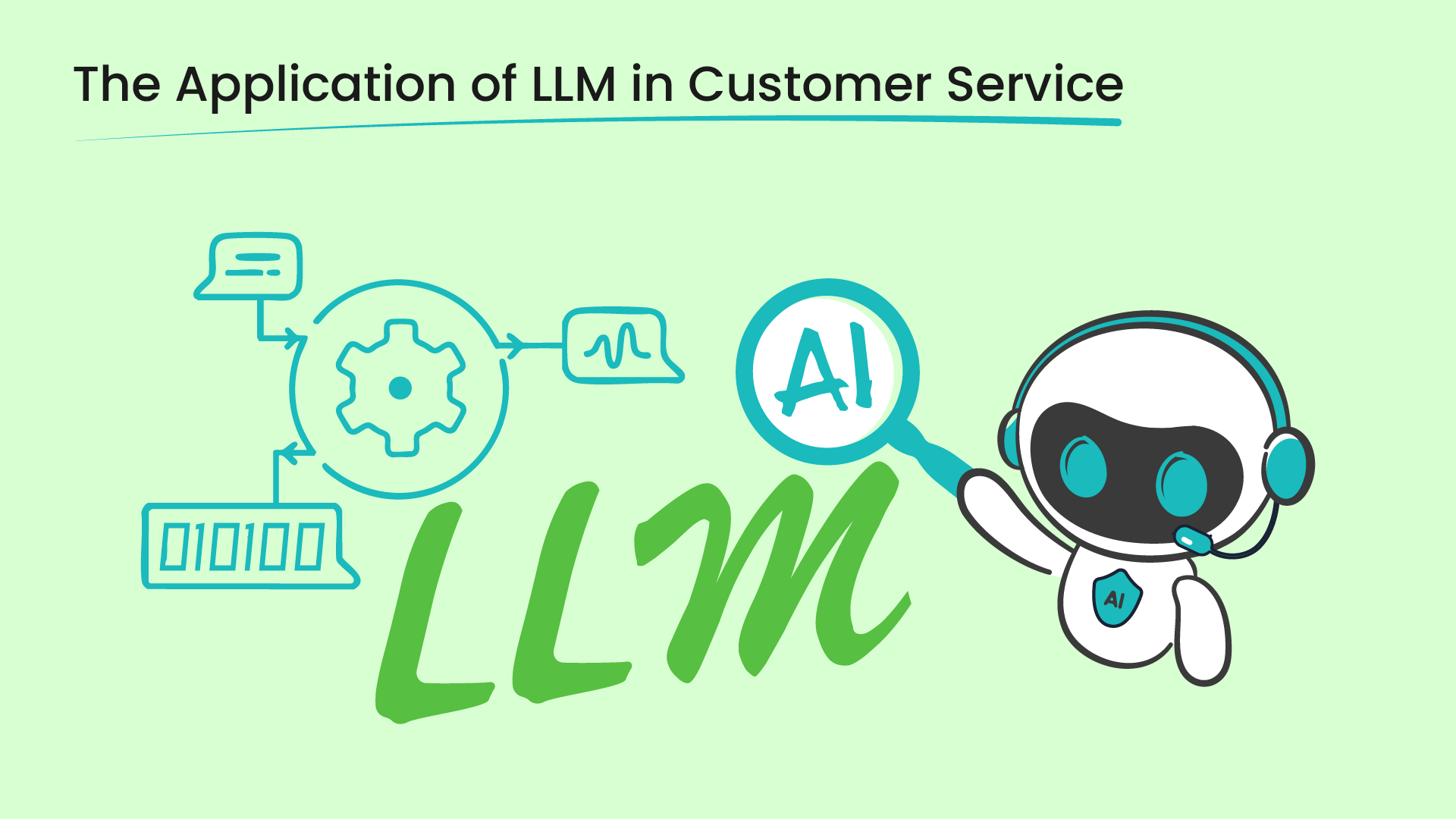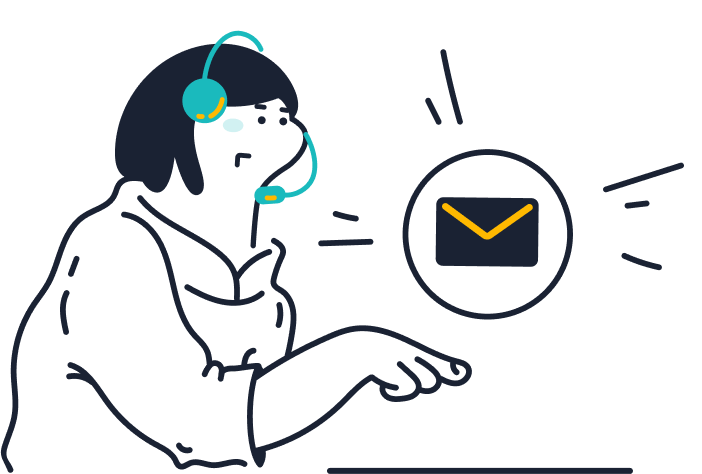Did you know that 75% of online customers expect help within five minutes? In today’s fast-paced digital world, waiting even a few extra minutes for support can be the difference between a sale and an abandoned cart. In e-commerce, where competition is fierce and consumer expectations are higher than ever, response time isn’t just a metric it’s make or break.
Yet many online businesses overlook just how costly slow customer support can be. It’s not just about losing a single sale; it’s about the ripple effects: damaged brand reputation, negative reviews, low customer retention, and ultimately, a shrinking bottom line. This is the hidden cost of slow support, one that creeps up quietly but hits hard.
In a world where next-day delivery is standard and instant answers are expected, speed and efficiency in customer service are no longer optional. They are a critical part of the customer experience, and the difference between scaling up or getting left behind.
In this article, we’ll break down exactly why slow support is hurting your e-commerce business, how it impacts your revenue and retention, and what you can do about it. We’ll also introduce a smart, scalable solution for improving response times: Sobot, a modern customer support platform designed specifically to help e-commerce merchants deliver lightning-fast service without sacrificing quality.
The Tangible Costs: The Financial Impact of Slow Support

Customer support is often viewed as a backend function, reactive, not strategic. But in e-commerce, slow support has a measurable and often underestimated impact on key financial metrics. From conversion rates to customer retention, the speed of your support operation plays a direct role in your store’s bottom line.
1. Lost Sales and Abandoned Carts
Every unanswered pre-purchase question has the potential to stop a transaction in its tracks. Whether it’s a sizing concern, a shipping timeline, or a question about returns, delays in response often lead to cart abandonment. According to Forrester, 53% of digital consumers are likely to abandon their purchase if they do not receive a quick response to their query. Source.
For growing e-commerce operations, especially those investing heavily in paid traffic, this represents a substantial revenue leak. Imagine spending $10,000 on paid ads to drive 50,000 site visitors, only to lose a significant portion of them due to slow chat or email response times. The conversion rate drop caused by delayed support can negate your customer acquisition investment.
Example: A mid-sized apparel brand running on Shopify observed a 17% increase in checkout completions after reducing average response times from 15 minutes to under 3 minutes , no changes in pricing, ads, or inventory.
2. Increased Customer Acquisition Costs (CAC)
When customers are lost due to negative support experiences, they must be replaced. This pushes your CAC higher, putting pressure on your overall marketing budget. If your average CAC is $40 and 20% of newly acquired customers churn after one poor support interaction, you’re effectively paying $50 or more per retained customer. In saturated verticals where CAC is already rising year over year, this is an efficiency you can’t afford to ignore.
Moreover, poor service diminishes brand trust, which directly impacts conversion from top-of-funnel efforts, reducing the effectiveness of remarketing and lowering the ROI on influencer and social campaigns.
3. Lost Customer Lifetime Value (CLV)
Customer Lifetime Value (CLV) is one of the most important metrics for any DTC or e-commerce business. When customers have a negative support experience, even if it’s just once, their likelihood to repurchase drops significantly. According to PwC, 32% of customers stop doing business with a brand they previously liked after one poor experience. Source.
According to Harvard Business Review article “The Value of Keeping the Right Customer”, Increasing customer retention rates by 5% increases profits by 25% to 95%. Source.
For subscription brands or those with strong cross-sell and upsell strategies, this drop in CLV has direct implications for forecasting, inventory planning, and cash flow management. A simple support delay can mean not only losing that immediate sale but also forfeiting the projected value of that customer over 6 or 12 months.
The Intangible Costs: Damage to Brand and Reputation
Slow customer support not only impacts immediate sales but also progressively undermines a brand’s reputation and the loyalty of its customers, two foundational elements for long-term success in e-commerce.
1. Negative Reviews and Word-of-Mouth
Frustrated customers often vent their dissatisfaction on public platforms such as social media, review sites, and forums. These negative reviews can profoundly influence a brand’s image. According to BrightLocal, 82% of consumers read online reviews for local businesses, with 93% using them to decide on the quality of a business. Source. Negative feedback, particularly highlighting poor customer service, can deter new customers and negatively impact sales.
The lasting damage from negative reviews extends beyond the individual interactions. It can lower the overall business ratings, deter potential new customers, and even affect SEO rankings, making it harder for businesses to be discovered online. Proactively managing customer interactions and addressing negative feedback quickly and effectively is crucial to mitigating these impacts.
2. Loss of Customer Loyalty
Slow support significantly undermines customer trust and loyalty. Research by KPMG indicates that customer loyalty is deeply impacted by the quality of customer service, with effective resolution being a key driver for repeat business. In their findings, a majority of customers highlighted that their loyalty is primarily influenced by the trust and personal value they perceive from the brand, which are directly affected by customer service experiences. Source.
Building and maintaining customer loyalty requires consistent, reliable, and responsive customer service. Loyal customers are more likely to make repeat purchases, are generally more forgiving of minor issues, and often act as advocates for the brand. Conversely, losing a loyal customer means not only losing their business but potentially their network of influence as well.
Common Bottlenecks in Customer Support and Their Solutions
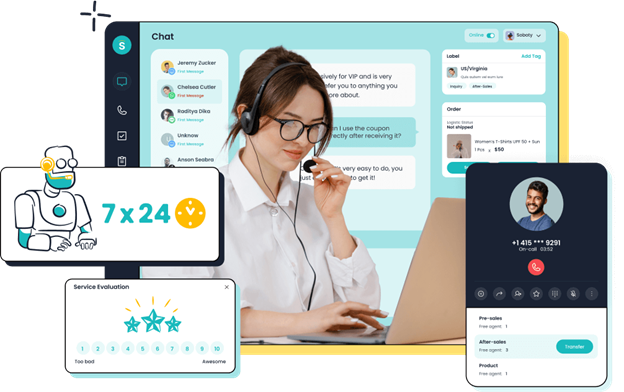
Optimal customer support is a cornerstone of success in e-commerce, directly impacting customer satisfaction and retention. Below, we address common bottlenecks in support workflows and how integrating smart solutions like Sobot.io can resolve these issues effectively.
1. Unify Your Support Channels for Seamless Customer Experiences
Problem:The fragmentation of customer support across various platforms leads to duplicated efforts and prolonged resolution times. Customers expect seamless interactions, irrespective of the communication channel they use.
Solution: Centralizing all communication channels, email, live chat, social media, phone, into a single, unified view is crucial. This strategy eliminates data silos and provides support agents with a comprehensive view of customer interactions, enabling faster and more personalized support. Companies with strong omnichannel customer engagement retain on average 89% of their customers, compared to 33% for companies with weak engagement. Source.
How Sobot Helps: Sobot solves the problem of fragmented communication by deeply integrating with leading e-commerce platforms such as Shopify, Amazon, and Lazada, as well as social media channels like Facebook, WhatsApp, and Instagram, and official websites via live chat widgets. It centralizes all customer conversations, regardless of where they originate, into a single, unified inbox. Agents no longer need to switch between tabs or tools to track down context.
With Sobot, your team has one complete view of customer history, order information, and previous interactions across every channel. This unified approach ensures agents can respond faster and more accurately, dramatically reducing resolution times and improving the overall support experience.
2. Empower Agents with Automation & AI for Lightning-Fast Responses
Problem: Traditional customer support workflows are often fraught with manual processes, repetitive tasks, and slow information retrieval. This can severely limit agents’ efficiency, increasing response times and decreasing customer satisfaction.
Solution: Introducing automation tools that handle routine tasks and provide instant access to information can drastically improve efficiency. Automation allows agents to focus on more complex and value-adding activities, thereby enhancing the overall customer experience. According to McKinsey, intelligent automation can free up to 30% of capacity in customer service operations, allowing agents to focus on higher-quality interactions.
How Sobot Helps: Sobot redefines support efficiency with a dual-force of automation and intelligent assistance: the Sobot AI Agent and AI Copilot.
The Sobot AI Agent acts as an autonomous frontline responder, capable of independently handling customer conversations across multiple channels, instantly answering questions, resolving common issues. This dramatically reduces response times and ensures 24/7 availability. Working alongside it, the AI Copilot enhances agent productivity by suggesting replies, surfacing past interaction context, and summarizing customer queries in real time. It functions like a smart assistant, enabling agents to resolve complex tickets faster and more accurately.
Together, this powerful AI duo enables support teams to scale effortlessly, reduce workload, and deliver lightning-fast, personalized experiences, without sacrificing the human touch.
3. Deflect Tickets & Empower Customers with Self-Service
Problem: In many customer support setups, agents are overwhelmed by a high volume of basic inquiries, which leads to long wait times and decreased overall service quality. This strain on resources is often compounded by insufficient self-service options that could otherwise help customers find answers independently.
Solution: The best way to alleviate the pressure on support agents and improve customer satisfaction is to enhance self-service capabilities. By developing a comprehensive knowledge base, FAQ section, and community forums, businesses can empower customers to help themselves. This approach not only addresses the common questions effectively but also enables customers to find solutions quickly without waiting for agent response, which enhances their overall experience.
How Sobot Helps: Sobot provides a robust ticketing system that enables teams to manage all support requests efficiently in one place. Tickets from different channels, email, live chat, social media,are automatically captured, categorized, and assigned. With smart tagging, status tracking, and priority sorting, agents have complete visibility into every case’s progress. Supervisors can monitor ticket flow in real-time, identify bottlenecks, and adjust resources accordingly. This structured approach not only helps reduce ticket backlog but ensures no customer query falls through the cracks. It’s a system built for scale, speed, and accountability.
4. Optimize Staffing & Training to Maximize Efficiency
Problem: In the customer support arena, one of the most significant challenges businesses face is managing staffing levels, particularly during peak hours. Understaffing can lead to long wait times for customers and a high-pressure environment for agents, which often results in poor service quality. Agents may take longer to resolve issues, make more errors, and provide inconsistent service, all of which negatively impact customer satisfaction and operational costs.
Solution: The solution lies in two key areas: ensuring adequate staffing during peak hours and investing in ongoing agent training. By analyzing support request data, businesses can predict high-demand periods and adjust staffing levels accordingly to manage these peaks effectively. Comprehensive training programs are essential to equip agents with the skills.This not only improves the speed and quality of the support provided but also enhances agent confidence and job satisfaction.
How Sobot Helps: Sobot supports more strategic staffing and agent development through AI Insights and Intelligent Quality Inspection tools. The platform analyzes support interactions in real-time and provides managers with data on agent performance, response quality, resolution time, and customer sentiment.
Its AI-driven quality inspection helps identify gaps in service, common issues agents struggle with, and coaching opportunities, without manual review. These insights empower teams to make data-backed decisions about staffing needs during peak periods and tailor training programs that directly address performance gaps. The result: better-prepared agents, more balanced workloads, and consistently high service standards.
Conclusion: Act Now or Lose Customers
In the unforgiving landscape of today’s e-commerce, slow support isn’t just a minor setback, it’s a silent killer of your business’s potential. Every moment of delay chips away at customer loyalty, with each waiting customer a step closer to turning to your competitors.
Don’t let slow response times be the downfall of your business. Take action now to stay ahead of the competition. Explore how Sobot can transform your support strategy, enhancing your team’s efficiency and your customers’ satisfaction. With Sobot, empower your business to deliver lightning-fast support and turn potential pitfalls into opportunities for growth and customer loyalty.
FAQs
How to provide great customer service in the retail industry?
In the retail & e-commerce industry, providing exceptional customer service is crucial for driving satisfaction and sales. Here are 5 key strategies:
1. Ensure convenience: Ensure simiple and quick purchasing process through one-click ordering, multiple payment methods, and fast delivery. Support omnichannel shopping (online mall, app, physical stores).
2. Provide personalized service: Provide customized recommendations and services based on customers’ purchase history, browsing behaviour and preferences. For example, retailers can recommend relevant products or send personalized promotional information to customers.
3. Ensure consistent experience: Provide consistent product information, prices and services across all channels (online and offline). For example, customers can order online, return or pick up offline.
4. Keep interaction and engagement: Maintain interactions with customers through social media, membership programs, events, etc. For example, retailers can organize offline experience activities or online live promotions.
5. Enhance after-sales service: Provide fast and efficient after-sales support, such as returns and exchanges, and repair services. Retail enterprises can provide online customer service, telephone support or in-store service.
What are the applications of Sobot retail & e-commerce solution?
1. Pre-sales Consultation: Quickly answer customers’ questions about products, promotions, inventory, etc., and enhance customers’ purchasing intention.
2. In-sales support: Assist customers in completing the order, payment, coupon use and other operations, reducing the shopping cart abandonment rate.
3. After-sales service: Handle after-sales issues such as fault repair, return and exchange, logistics enquiry, order modification, etc. to enhance customer satisfaction.
4. Membership operation: Support accurate member marketing and loyalty management through proactive care, operation and data analysis.
5. Promotional activity support: Sobot contact center solution for retail & e-commerce can respond to the high volume of consultations, and proactively launch marketing activities during e-commerce promotions to ensure customer experience and improve sales volume.
Does Sobot serve large and medium-sized businesses or startups?
Sobot retail & e-commerce contact center solution is suitable for both large businesses and startups.
For large and medium-sized businesses, Sobot provides all-in-one, intelligent and flexible solution, and specialized KA sales and service team will provide service during the full cycle.
And for startups and small businesses, Sobot provides secure and cost-effective solution as well as timely service. You can enjoy Sobot’s products very quickly.
